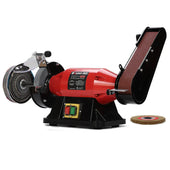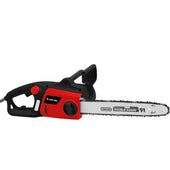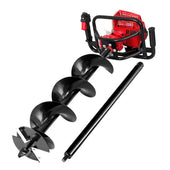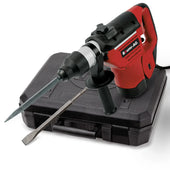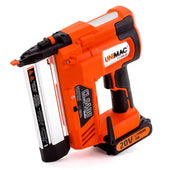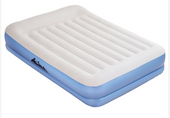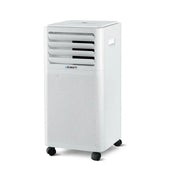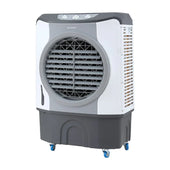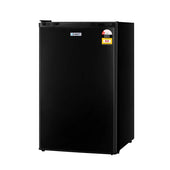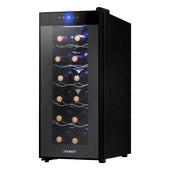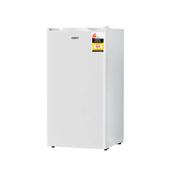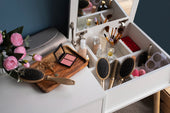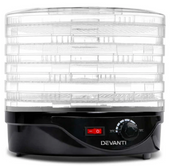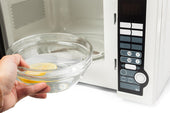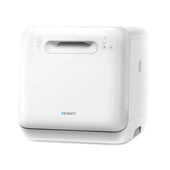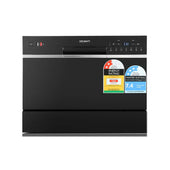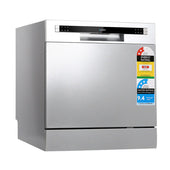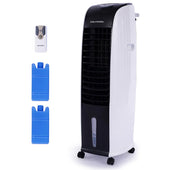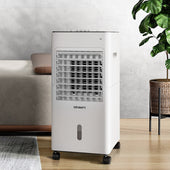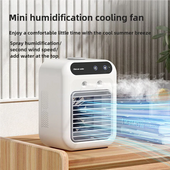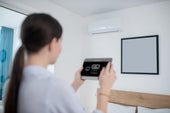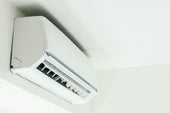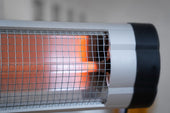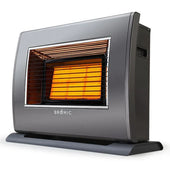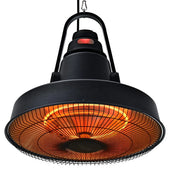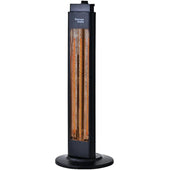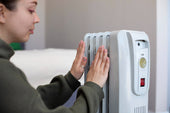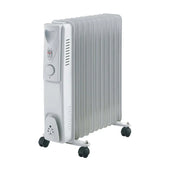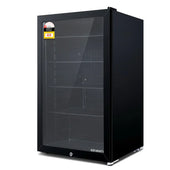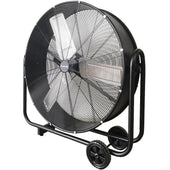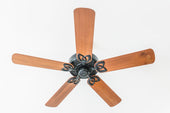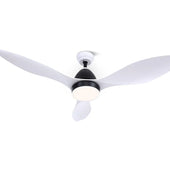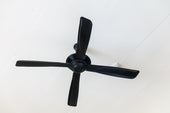Understanding the Basics: Headphones vs. Earphones
When comparing headphones and earphones, the differences in design, sound quality, and practicality become apparent.
- Headphones: These are over-ear or on-ear devices that envelop or rest on the ears. They often deliver superior sound quality with enhanced bass and noise isolation. Their larger size can accommodate advanced drivers, making them ideal for home or studio use.
- Earphones: Also known as in-ear monitors (IEMs), these fit directly into the ear canal. They are compact, lightweight, and portable while often excelling in noise blocking. However, their smaller drivers might lead to a narrower sound stage.
Choosing between them depends on comfort needs, portability, and audio preferences.
Types of Headphones: Over-Ear, On-Ear, and In-Ear
Headphones come in three primary designs, each catering to different preferences and use cases.
- Over-Ear Headphones: These headphones feature large ear cups that fully encompass the ears. Known for maximum comfort and superior sound quality, they are ideal for immersive listening experiences. They also provide excellent noise isolation, though their bulkier design may not suit portability needs.
- On-Ear Headphones: Smaller and lighter than over-ear models, on-ear headphones rest directly on the ears. While they are more portable, their noise isolation can be less effective, and extended use may cause discomfort.
- In-Ear Earphones: Compact and lightweight, in-ear models are inserted into the ear canal, offering excellent portability. They provide varying levels of noise isolation but can feel intrusive for some users.
Understanding Drivers and Sound Profiles
Headphone and earphone sound quality largely depends on the type and size of drivers used. Drivers convert electrical signals into sound and come in various types like dynamic, balanced armature, planar magnetic, and electrostatic. Dynamic drivers are common, offering deep bass and good sound pressure. Balanced armature drivers excel in clarity but may lack impactful low-end frequencies.
Sound profiles vary across devices and cater to different preferences. Common profiles include bass-heavy, suitable for dance and hip-hop genres, neutral, ideal for studio monitoring, and warm, enhancing vocals. Assessing driver performance and sound profile ensures a personalised listening experience tailored to specific audio needs.
Wireless vs. Wired: Which One is Right for You?
Choosing between wireless and wired headphones depends on your priorities.
- Wireless Headphones:
- Offer convenience and freedom of movement, ideal for commuting, workouts, and daily use.
- Commonly utilise Bluetooth, providing decent range and compatibility with modern devices.
- May encounter latency issues, especially for gaming or professional audio work.
- Require charging, with battery life varying between models.
- Wired Headphones:
- Deliver consistent audio quality without latency, making them suitable for audiophiles and gamers.
- Don’t need charging, making them dependable for extended use.
- Feature universal compatibility with most devices via a 3.5mm jack or adapter.
- May limit mobility due to cable length.
Understanding usage scenarios helps determine the best fit.
Noise Cancellation Features: Active vs. Passive
Noise cancellation technology comes in two forms: active and passive. Active noise cancellation (ANC) uses microphones and electronic circuits to neutralise external sounds by generating sound waves that counteract noise. This is ideal for environments with consistent low-frequency noise, like aeroplanes or public transport. Passive noise cancellation, on the other hand, relies on the physical design of headphones or earphones, including cushioning and materials, to block external sound naturally.
While active noise cancellation is highly effective for reducing ambient noise, passive noise cancellation generally requires no battery power, making it a simpler, maintenance-free solution. Choosing between the two depends on listening needs and context.
Comfort and Design: What to Look for in Long-Term Use
Comfort and design are critical when selecting headphones or earphones meant for extended wear. For over-ear models, cushioned ear pads made from memory foam or soft leatherette reduce pressure and improve usability. Adjustable headbands ensure a customised fit, while lightweight builds prevent strain during long hours. In-ear options should include multiple ear tip sizes for a secure fit and enhanced noise isolation.
Ventilation is another factor for avoiding heat buildup, particularly with over-ear models. Materials play a role, too—durable yet skin-friendly finishes minimise irritation. Consider foldable designs or cases for portability, especially if you travel frequently.
Durability and Build Quality: Materials That Matter
When it comes to durability, the choice of materials directly impacts the headphones’ or earphones’ lifespan. Premium options often incorporate metals such as aluminium or stainless steel, ensuring resistance to wear and tear. In contrast, budget-friendly models may rely on plastic, which, although lightweight, is less robust.
Earpads and headbands made of genuine leather or high-quality memory foam provide comfort while resisting cracks over time. For cables, braided or reinforced designs prevent tangling and improve longevity.
Water and sweat resistance, indicated by IP ratings, add an extra layer of durability, especially for fitness-focused users. Build quality is essential for everyday use and portability, balancing strength and comfort effectively.
Battery Life and Charging Efficiency for Wireless Choices
When selecting wireless headphones or earphones, battery life is a paramount consideration. It determines how long the device functions on a single charge, an essential factor for those on the move or commuting. Premium models typically offer extended battery life, often exceeding 30 hours for over-ear headphones and 8-12 hours for earbuds. Budget-friendly devices may provide shorter durations, averaging 15-20 hours for headphones and 4-6 hours for earbuds.
Charging efficiency plays a crucial role, especially for busy users. Features like fast charging can deliver hours of playback from just a few minutes of charging, minimising downtime. Devices with USB-C or Qi wireless charging enhance convenience and future-proof connectivity.
Assessing Audio Quality: Key Factors and Metrics
Evaluating audio quality in headphones and earphones requires attention to key factors and measurable metrics. The frequency response is a fundamental aspect, reflecting how well the device reproduces low, mid, and high frequencies. A wider range typically allows for richer sound. Sensitivity indicates loudness efficiency, measured in decibels (dB), and determines how much volume can be achieved without distortion. Impedance, measured in ohms, influences compatibility with different audio sources, with lower impedance being suitable for portable devices.
Total Harmonic Distortion (THD) examines sound clarity by measuring distortion levels. Soundstage and imaging assess spatial audio reproduction, enhancing immersion in music or movies.
Choosing Headphones for Specific Use Cases: Gaming, Music, Travel, and More
Selecting the right headphones depends heavily on their intended use. For gaming, over-ear headphones with surround sound, low latency, and a quality microphone provide the immersive experience and clear communication gamers require. When listening to music, audiophiles prioritise headphones with a wide frequency range, balanced sound profiles, and accurate bass reproduction to capture every detail.
Travellers benefit most from noise-cancelling headphones to block ambient noise, ensuring peaceful journeys. For casual or mobile use, lightweight and portable options, such as true wireless earbuds, are preferred due to their convenience. Each scenario requires features tailored to specific activities, ensuring optimal performance.
Budget Considerations: Finding the Best Value for Your Money
Shopping for headphones or earphones within a specific budget requires understanding key factors to maximise value. Prioritising sound quality, durability, and comfort over flashy features helps in identifying options that deliver exceptional performance without overspending. It is essential to compare brands offering budget-friendly models like Audio-Technica, Soundcore, or Skullcandy, which often combine solid performance with affordability.
Consumers should also watch for sales, bundle deals, or refurbished products from trusted retailers to stretch their budget further. Evaluating cost against features such as Bluetooth connectivity, noise cancellation, or battery life ensures informed decisions. Consider online reviews for unbiased insights and balanced expectations.
The Importance of Brand and Warranty Support
Choosing reputable brands provides assurance in terms of product quality, innovation, and reliability. Established manufacturers often prioritise superior sound engineering, ensuring headphones or earphones deliver optimal performance. Recognisable brands also tend to undergo rigorous testing, which reduces the likelihood of functional issues.
Warranty support is another critical factor to consider. A robust warranty can protect consumers from unexpected defects or malfunctions. Look for brands offering extended warranty periods and efficient customer service for quick resolutions.
Additionally, trusted brands often maintain wider service networks, making repairs or replacements more accessible. This combination of brand reliability and warranty benefits ensures peace of mind for long-term use.
Recommended Accessories to Elevate Your Listening Experience
To unlock the full potential of headphones and earphones, selecting the right accessories is crucial. Quality accessories can enhance comfort, sound quality, and overall usability.
- Carrying Cases: Protect headphones or earphones from scratches, dust, and damage with a durable, padded case. Look for ones with storage compartments for cables and adapters.
- Comply Foam Tips: For in-ear models, foam tips provide better noise isolation, a secure fit, and long-lasting comfort compared to silicone alternatives.
- Headphone Stands: Keep headphones organised, tangle-free, and safe from accidental falls with a dedicated stand.
- DAC/Amplifiers: Improve audio fidelity by investing in a portable Digital-to-Analogue Converter or amplifier, especially for high-impedance models.
- Cable Upgrades: Opt for low-resistance, tangle-free replacement cables to enhance durability and audio quality.
- Ear Pad Replacements: Upgrade standard ear pads with memory foam or cooling gel variants for extended listening comfort.
Tips for Maintaining and Caring for Your Audio Gear
Proper care of audio equipment can extend its lifespan and ensure optimal performance. Follow these practical steps to maintain your headphones and earphones:
- Clean regularly: Use a soft, lint-free cloth to wipe the exterior surfaces. For earbuds, gently clean the ear tips and mesh using a small, dry brush or a cotton swab with minimal alcohol.
- Store properly: Keep headphones in a carrying case when not in use. Avoid placing them in pockets or bags without protection to prevent damage from dust and tangles.
- Avoid moisture: Protect audio gear from water or sweat by using waterproof covers or dedicated sports models if needed.
- Manage cables: Prevent tangling and strain by wrapping cables gently. Avoid pulling on the wire when removing them from devices.
- Check connections: Inspect the headphone jack and connectors periodically to ensure no debris or damage interferes with sound quality.
Consistent care safeguards their investment and enhances listening experiences.
Final Thoughts: Making the Best Choice for Your Needs
Choosing the right headphones or earphones requires careful consideration of various factors to ensure they align with personal preferences. Prioritising features such as sound quality, comfort, durability, and connectivity is crucial. Prospective buyers should evaluate their lifestyle and intended use—whether for commuting, workouts, gaming, or professional audio work.
Budget plays a significant role, but it is equally important to balance affordability with quality. One should explore brands and models within their price range, comparing specifications like noise cancellation, frequency response, and battery life. Reading user reviews and testing products in-store can further aid informed decisions.



